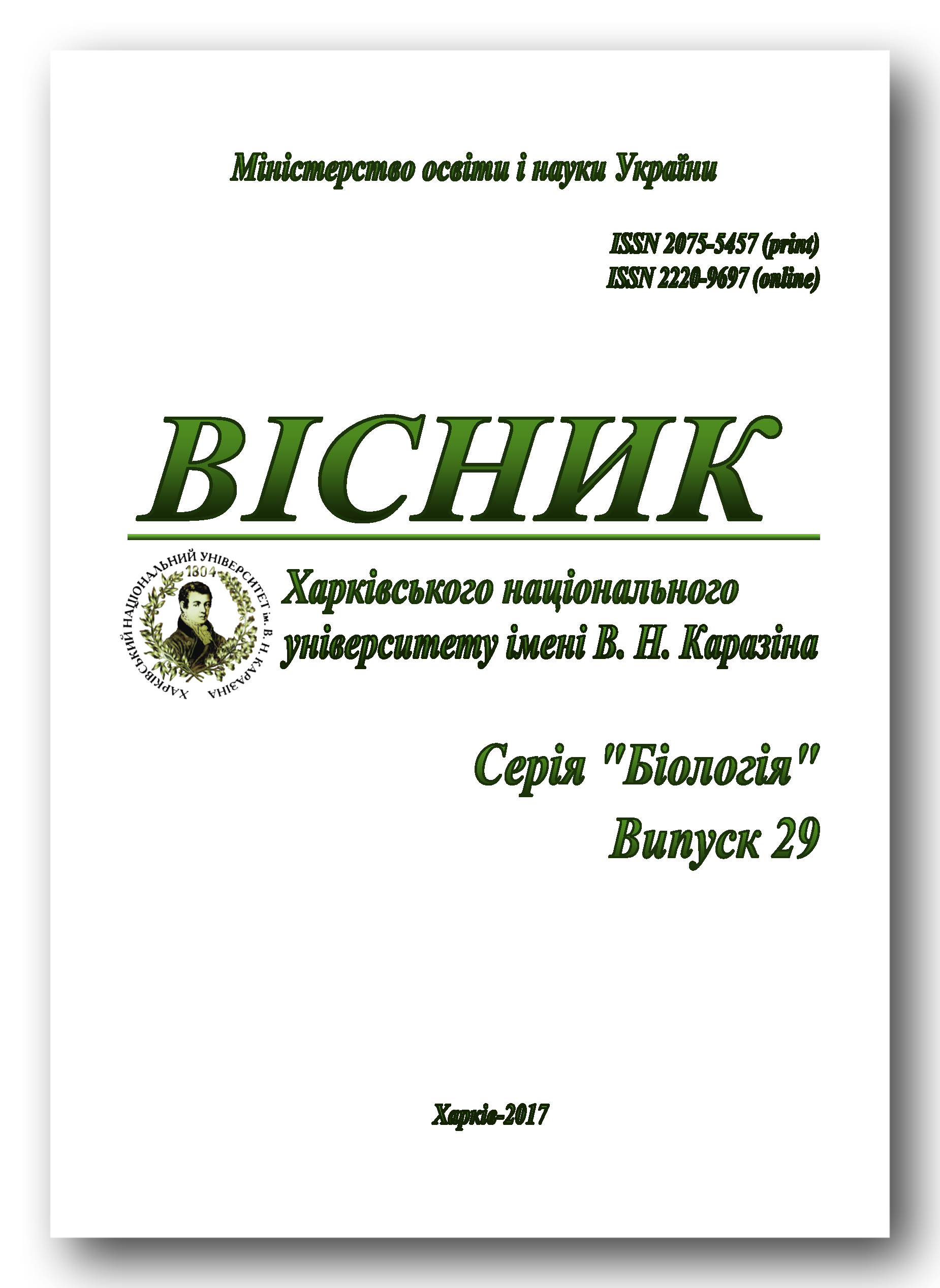Іхтіоцени прибережної акваторії бухти Кругла (Севастополь, Чорне море)
Анотація
Моніторинг іхтіофауни прибережної акваторії Криму є важливою частиною комплексних спостережень за сучасним станом екосистеми Чорного моря. Критичні зміни були викликані зростаючим протягом останніх десятиліть XX століття антропогенним пресингом, в результаті чого спостерігалася істотна деградація фіто- і зооценозів. Подібні зміни спостерігалися і в співтоваристві риб. У статті представлена карта-схема з детальним описом рельєфу дна і особливостями підводного ландшафту бухти і прилеглих до неї відкритих ділянок акваторії. У роботі розглядаються особливості просторового розподілу і сезонна динаміка трьох екологічних груп риб: пелагічних, придонних і донних, які населяють пелагіаль, тверді і пухкі ґрунти. За період спостережень було зареєстровано 57 видів риб з 43 родів, що належать до 36 сімейств. У іхтіоцені твердих ґрунтів переважають придонні риби, які представлені 14 видами з 7 родин (Labridae, Syngnathidae та Sparidae). Донні риби представлені 8 видами з 5 родин (Blenniidae). З 20 видів риб, відзначених на пухких ґрунтах, придонні – 6, донні – 14, серед яких найбільшою різноманітністю відрізнялися бичкові Gobidae, 9 родин представлені одним видом. Окремо варто відзначити появу в червні 2005 р. в акваторії бухти сальпи Sarpa salpa (L., 1758). Результати досліджень, представлені в даній роботі, дають розуміння про сучасний стан співтовариства морських риб чорноморського узбережжя Криму і можуть бути використані для порівняння з даними, отриманими на інших ділянках акваторії Чорного моря.
Завантаження
Автори залишають за собою право на авторство своєї роботи та передають журналу право першої її публікації на умовах ліцензії Creative Commons Attribution License 4.0 International (CC BY 4.0), яка дозволяє іншим особам вільно розповсюджувати опубліковану роботу з обов'язковим посиланням на авторів оригінальної роботи.




